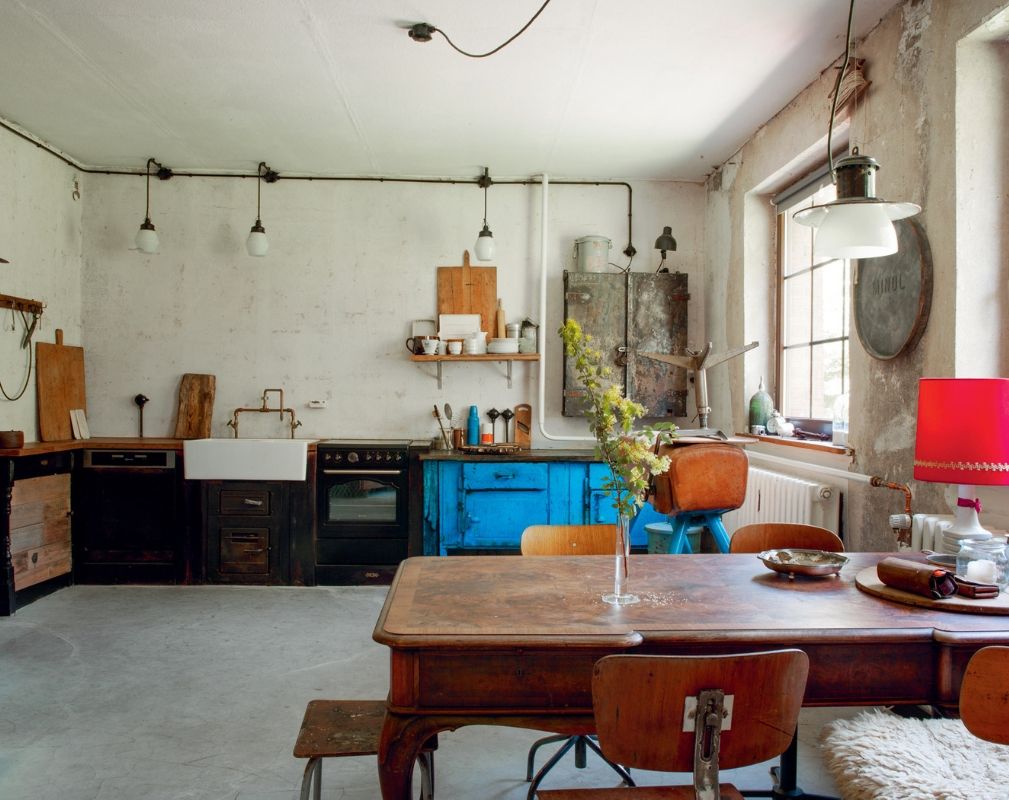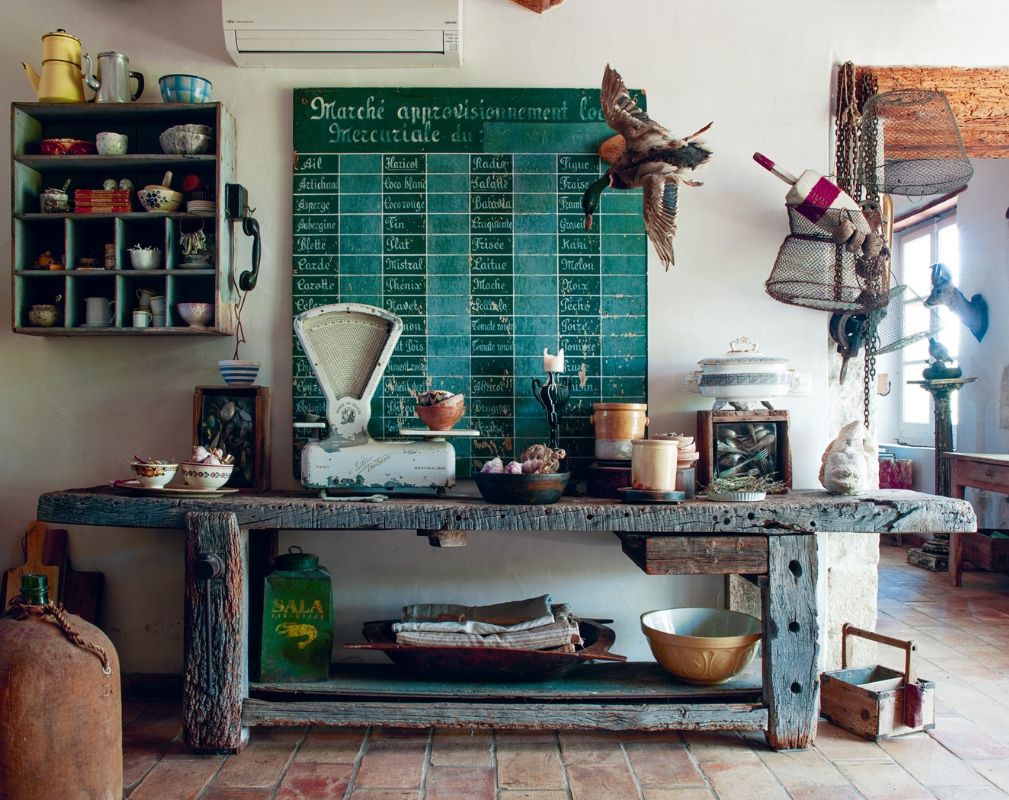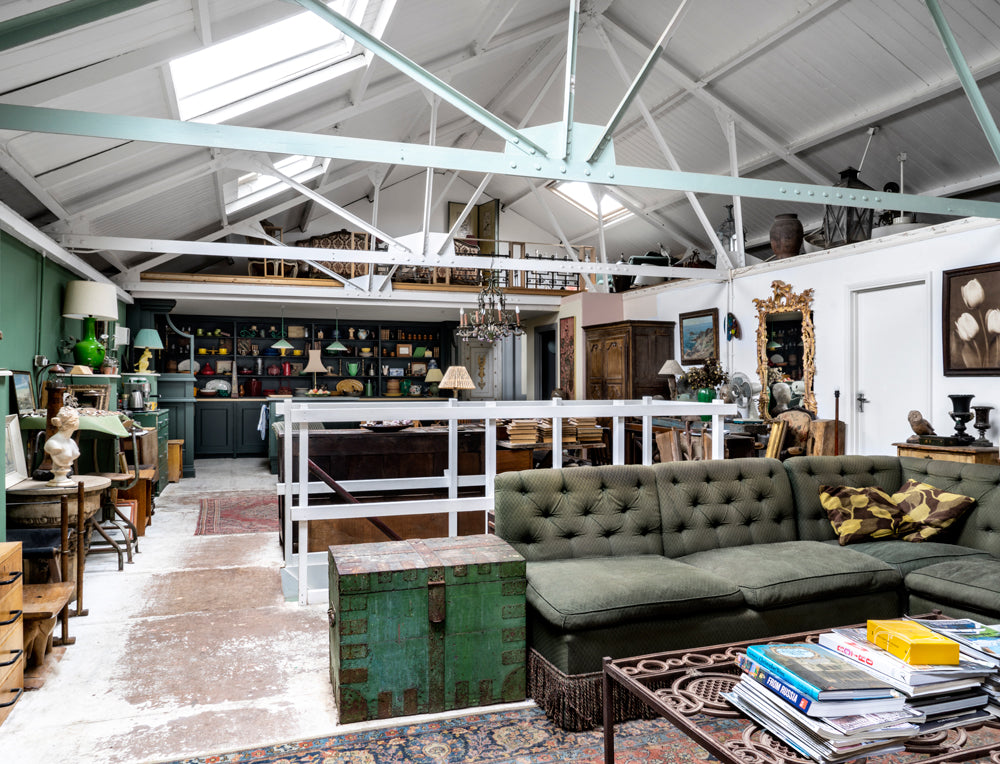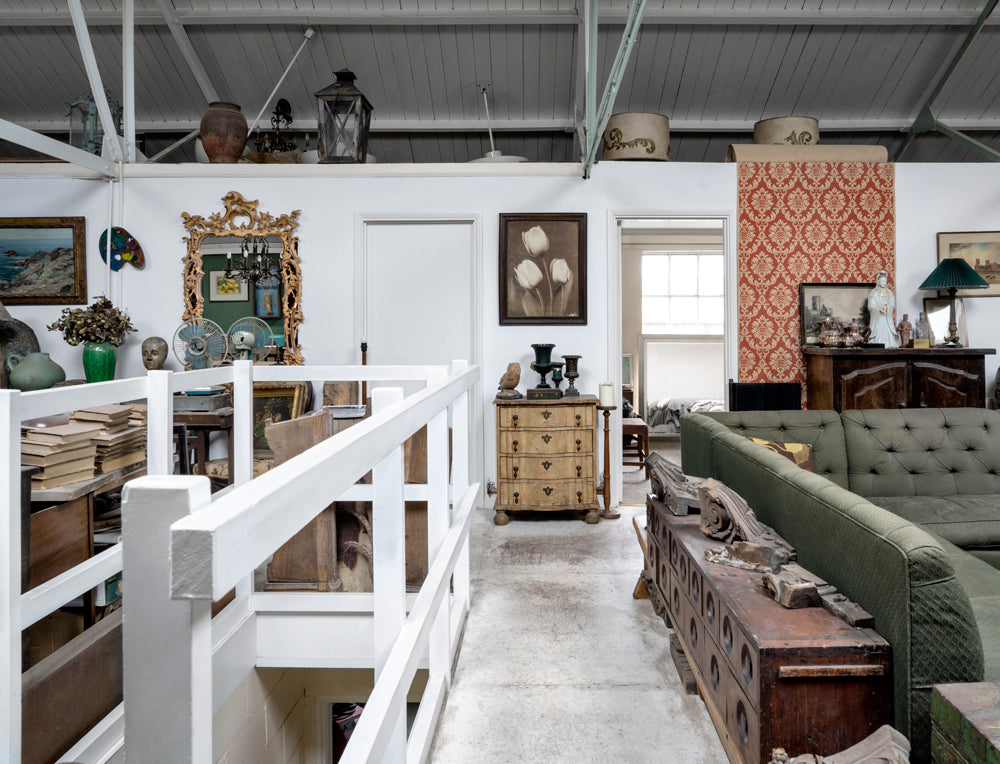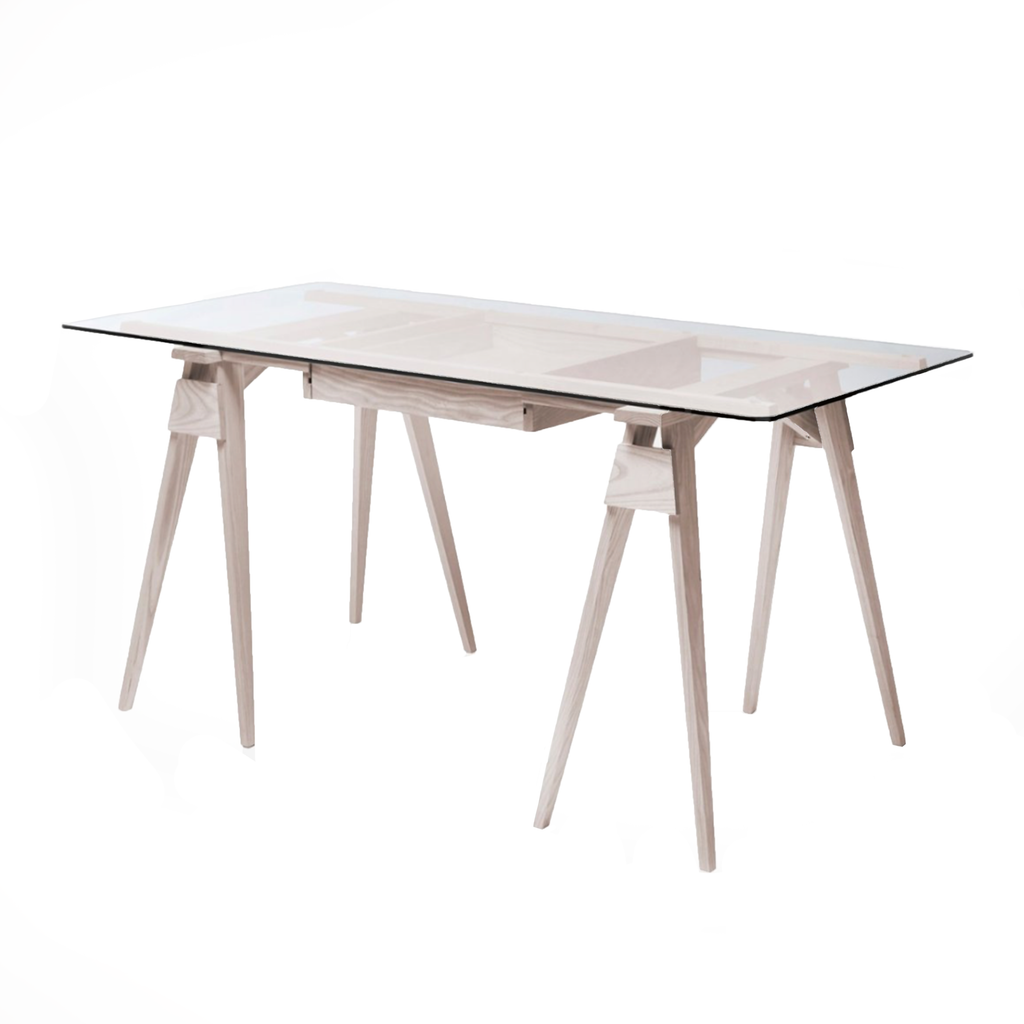
Written by Oliver Maclennan and published by Thames & Hudson, The Foraged Home is full of examples of how to create a beautiful home by salvaging discarded objects and relying on nature to provide decorating solutions.

Foraging is a fantastic way to create an artful home that fully expresses the character and personality of the homeowner. It can be done by anyone as it requires no specialist training, equipment or money. It can be done anywhere, whether that is on the coast, in the countryside or in the heart of the city. The opportunities for sourcing unique and surprising pieces for your home are boundless.
This book is the ultimate guide to decorating your home in the most inventive and resourceful way and it presents the techniques and philosophies of experienced foragers from around the world. It demonstrates the joyous sense of adventure, discovery and surprise that can be found from foraging and the incredible creativity and resourcefulness of the foragers themselves.
From an upturned boat in France, a beach house in Australia and a finca mill in Spain, to a cottage in Dorset or an industrial priest’s house in Germany, no two properties in this book are remotely similar. They are all found in diverse locations that require a very different approach to foraging.
Our favourite story from this book revolves around Dutch-born resident Auke Dijkstra who lives in an old priest’s home in Mecklenberg, Germany. His home has allowed him to explore his passion for all things industrial. Living in East Germany, in the former GDR, with its long industrial history, has allowed Auke to rescue a wealth of extraordinary objects from abandoned collapsing factories.
His first industrial piece was a cabinet from an electrical factory. Now he has easy access to factories, farms and industrial buildings so he takes this aesthetic to the extremes, which explains the industrial provenance of so many of the objects in his home. The enormous wooden table in the dining area came from a long-abandoned Russian moped-assembly factory and a 1920s table that he salvaged from an industrial building has been repurposed as a sink.
For Auke, as with the other foragers in the book, foraging beautiful objects that have been forgotten or dismissed allows him to rediscover the inherent value of these objects whose imperfections are often what make them so special. The chips, kinks and scratches tell the stories of their past and should be celebrated.
The Foraged Home is published by Thames and Hudson, £24.95, and is available here.
Photography by Joanna Maclennan.
